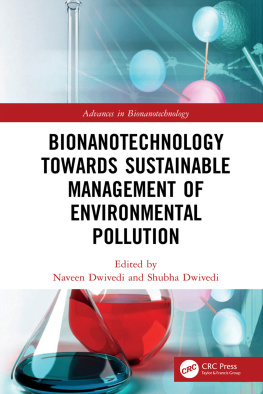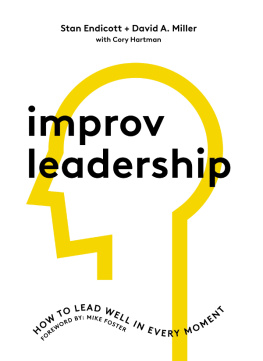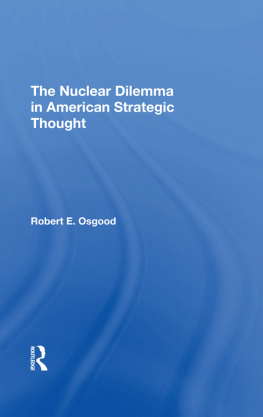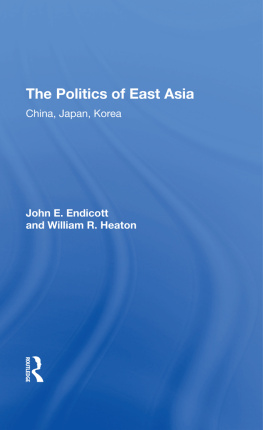Thank you for buying this ebook, published by NYU Press.
Sign up for our e-newsletters to receive information about forthcoming books, special discounts, and more!
Sign Up!
About NYU Press
A publisher of original scholarship since its founding in 1916, New York University Press Produces more than 100 new books each year, with a backlist of 3,000 titles in print. Working across the humanities and social sciences, NYU Press has award-winning lists in sociology, law, cultural and American studies, religion, American history, anthropology, politics, criminology, media and communication, literary studies, and psychology.
TOXIC TOWN
NEW YORK UNIVERSITY PRESS
New York and London
www.nyupress.org
2014 by New York University
All rights reserved
References to Internet websites (URLs) were accurate at the time of writing.
Neither the author nor New York University Press is responsible for URLs that
may have expired or changed since the manuscript was prepared.
Library of Congress Cataloging-in-Publication Data
Little, Peter C.
Toxic town : IBM, pollution, and industrial risks / Peter C. Little.
pages cm
Includes bibliographical references and index.
ISBN 978-0-8147-6069-7 (cloth : alk. paper) ISBN 978-0-8147-7092-4 (pbk. : alk. paper)
1. Hazardous waste sitesNew York (State)Endicott. 2. Hazardous waste site
remediationNew York (State)Endicott. 3. Endicott (N.Y.)Environmental
conditions. 4. International Business Machines Corporation. 5. Computer industry
Environmental aspectsNew York (State)Endicott. 6. Computer industryWaste
disposalEnvironmental aspectsNew York (State)Endicott. I. Title.
TD181.N72E535 2013
363.73849dc23 2013039340
New York University Press books are printed on acid-free paper, and their binding materials
are chosen for strength and durability. We strive to use environmentally responsible
suppliers and materials to the greatest extent possible in publishing our books.
Manufactured in the United States of America
10 9 8 7 6 5 4 3 2 1
Also available as an ebook
PREFACE
One simple way to assess the impact of any organization is to answer the question: how is the world different because it existed?
Samuel J. Palmisano, IBM Chairman
On June 16, 2011, International Business Machines Corporation (IBM) celebrated its one-hundredth birthday and commemorated this event with a year-long series of seminars and conferences around the world. The centennial celebration was an opportunity for IBM to reach out to many of its constituents in industry, government, and academia and engage with them in a variety of celebratory events. IBM Chairman Sam Palmisano even invited these members of the IBM family to pledge at least eight hours of community service during 2011 to commemorate IBM at 100.
IBM has much to celebrate. After a hundred years of business and technological innovation, the company has a dazzling resume, making investments and impacts in almost every sector of industry, government, and science. They have developed a supercomputer system named WATSON, named after IBMs founder, Thomas J. Watson, Sr., that is able to approximate human speech and respond to questions with a precise, factual answer by running complex analytics. On a Jeopardy! match televised in February 2011, WATSON beat two champions of the game. IBM even has its own Institute for Electronic Government and is at the forefront of developing electronic voting services and technologies to advance the worldwide growth of electronic or digital democracy.dataset to model and reconstruct the genographic spread and makeup of humanity on planet Earth. In 2004, IBM launched Blue Gene, one of the fastest supercomputers in the world, which can compute 91.29 teraflops per second. To put that computing speed into perspective, one teraflop equals one trillion operations per second.
IBMs involvement in the public health and healthcare sectors is also impressive. They have recently worked closely with the National Institutes of Health to develop a massive database of chemical data extracted from millions of patents and scientific literature to allow researchers to more easily visualize important relationships among chemical compounds to aid in drug discovery and support advanced cancer research. They have developed the Spatiotemporal Epidemiological Modeler, which is being used by public health scientists worldwide to trace the spread and distribution of disease. IBM is also at the cutting edge of medical imaging technology, which is improving medical diagnosis, allowing patients to better see the internal conditions of their body under medical analysis, and providing families with high-resolution images of their yet-to-be-born child.
IBM is also a major player in the fast-growing field of nanotechnology, which is based on the use of atomic and molecular scale structures and devices for enhancing information technologies. To further augment nanotechnology development and investment opportunities, IBM has generated a new business relationship with New York State. In 2008, a research and development mission co-sponsored and financed by IBM and New York State aimed at accelerating New Yorks international leadership in nanotechnology research and development and creating new high-tech jobs. This corporate-state partnership has led to the development of the Computational Center for Nanotechnology Innovations, a partnership among Rensselaer Polytechnic Institute, IBM, and New York State that is building one of the worlds most powerful university-based supercomputers that is further miniaturizing devices in electronics and opening up the capacity of nanotechnology to influence multiple industries. A brand name of American capitalism, IBM even spearheaded the development of barcode technology to track commodities and improve global product distribution.
The list of IBMs contributions to business, science, and technology and its achievements in all sectors of government and industry goes on
Amid these things to celebrate, these products and moments of high-tech prowess and progress, certain consequences of such IBM productions do exist. Lenny Siegel and John Markoff, in their book, The High Cost of High Tech: The Dark Side of the Chip, exposed the toxic time bomb of the so-called green high-tech industry, writing confidently that [h]igh-tech pollution is a fact of life wherever the industry has operated for any length of time, from Malaysia to Massachusetts (Siegel and Markoff 1985:163). The following book extends this effort of exposure by focusing on a case study concerning the material environmental impacts of IBM technology which call into question IBMs new technoscientific ideology based on a corporate desire and mammoth effort to Build a Smarter Planet in a decade (20102020), which IBM calls the Decade of Smart." By a smarter planet according to IBMs corporate website, we mean that intelligence is being infused into the systems and processes that enable services to be delivered; physical goods to be developed, manufactured, bought and sold; everything from people and money to oil, water and electrons to move; and billions of people to work and live."the planet becomes smarter when IBMs intelligence infuses everything in our socio-natural world.











